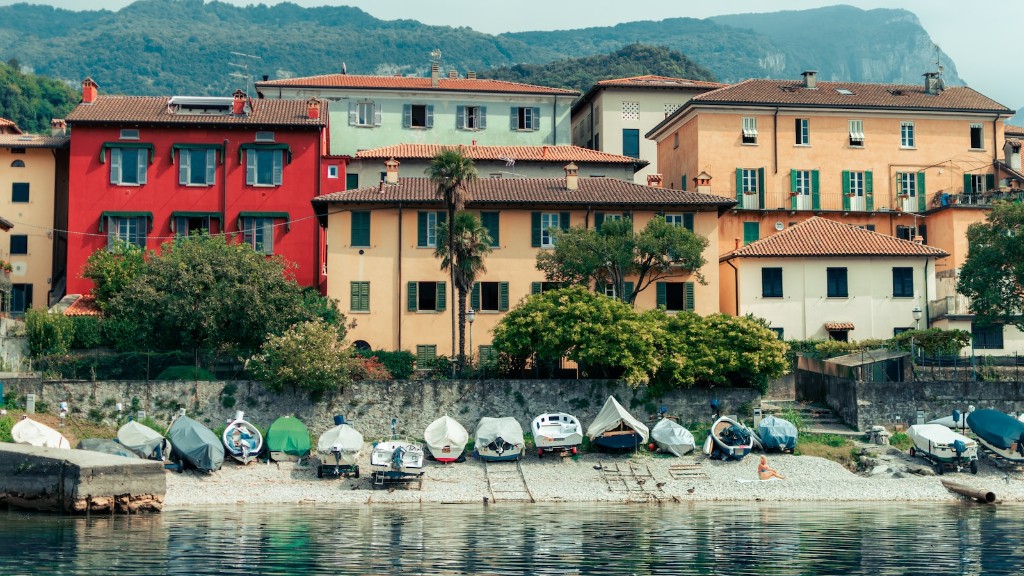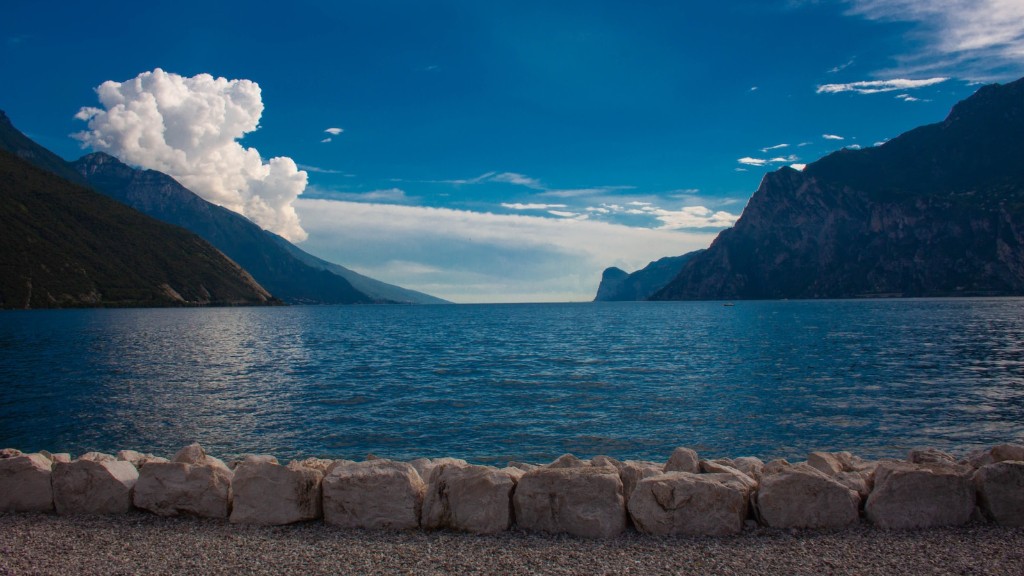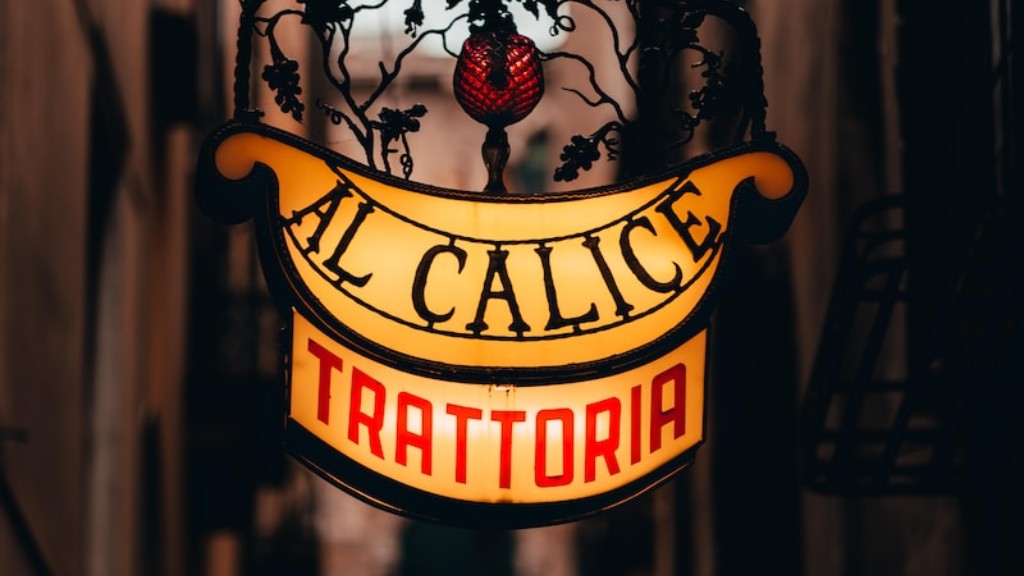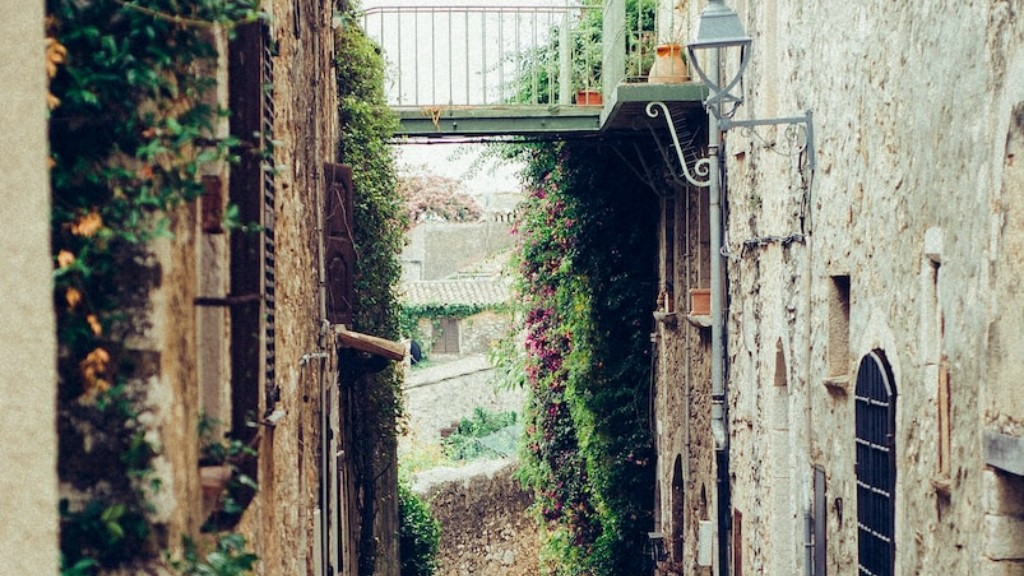The Rule of Sforzas in Italy
The Sforza family, of noble Italian lineage, played a significant role in the political landscape during the Renaissance era. Their rule, known for its military prowess and patronage of the arts, was particularly influential in the city of Milan.
Originating from Romagna in the 14th century, the Sforza family rose to prominence through their military achievements. Francesco Sforza, the founder of the dynasty, became the Duke of Milan in 1450 after marrying Bianca Maria Visconti, the illegitimate daughter of the last Visconti ruler.
Under the leadership of the Sforzas, Milan experienced a period of stability and growth. The family’s militaristic strategies allowed them to consolidate power and maintain control over the city-state. Known for their efficient governance, they implemented reforms in administration, infrastructure, and taxation.
One of the most notable rulers of Milan from the Sforza family was Ludovico Sforza, also known as Ludovico il Moro. Ludovico’s reign, which began in 1494, was marked by his ambitious patronage of art, including the commissioning of Leonardo da Vinci’s iconic mural, The Last Supper.
The Sforza era in Milan came to an end in 1499 when French forces invaded the city. Ludovico was captured, and the French took control of Milan. This marked the decline of the Sforza dynasty, as they were unable to regain power in the subsequent years.
Today, the influence of the Sforzas can still be seen in Milan’s architecture and cultural heritage. The massive fortress, Sforza Castle, constructed during their rule, stands as a testament to their military might. Additionally, the family’s patronage of the arts contributed to the flourishing of Renaissance culture in the city.
Experts believe that the Sforza rule was instrumental in shaping Milan into the prosperous and culturally rich city it is today. Their governance laid the foundation for the city’s future development and contributed significantly to the Renaissance movement.
As we reflect on the history of Milan and its rulers, it is fascinating to consider the lasting impact that the Sforza family had on the city’s identity. Their legacy as military strategists, patrons of the arts, and shapers of governance continues to be celebrated and studied, reminding us of the intricate connections between power, art, and history.
The Rise of the Sforza Dynasty
The Sforza family’s ascent to power in Italy was no small feat. Let’s delve deeper into their journey:
The Sforzas originated from the region of Romagna in the 14th century. Their rise to prominence began when Francesco Sforza, a skilled condottiero, or mercenary commander, wedded Bianca Maria Visconti, the daughter of the last Visconti ruler, in 1441.
Through this strategic marriage, Francesco gained significant influence and eventually became the Duke of Milan in 1450, establishing the Sforza family’s rule over the city-state. His military prowess played a crucial role in securing their power and setting the stage for the Sforza dynasty’s tenure as rulers of Milan.
Francesco’s rule was marked by stability and the implementation of effective governance policies. His administration focused on infrastructure development, taxation reforms, and maintaining a strong military presence, which helped to consolidate power and ensure the prosperity of Milan.
Under the subsequent leadership of Francesco’s son, Galeazzo Maria Sforza, the dynasty continued to flourish and expand their influence across Italy. Galeazzo’s reign was characterized by opulence and decadence, as he indulged in a lavish lifestyle and patronized artists to embellish the city with magnificent works of art.
Ludovico Sforza and the Golden Age of Milan
Ludovico Sforza, also known as Ludovico il Moro, is undoubtedly one of the most prominent figures in the Sforza dynasty and in the history of Milan. Let’s explore his reign:
Ludovico Sforza became the de facto ruler of Milan in 1480 when his nephew, Gian Galeazzo Sforza, the legitimate heir, was too young to ascend to power. This marked the beginning of Ludovico’s influential reign that lasted for nearly two decades.
During his rule, Ludovico aimed to elevate the status of Milan to compete with other leading Renaissance cities in Italy. He implemented numerous architectural projects, fostering urban development and enhancing the city’s grandeur.
Ludovico’s support for the arts was unparalleled. He patronized renowned artists, musicians, and writers, turning Milan into a vibrant cultural hub. One of the most remarkable examples of his patronage is Leonardo da Vinci’s masterpiece, The Last Supper, which he commissioned for the refectory of the Convent of Santa Maria delle Grazie.
While Ludovico’s patronage of the arts brought immense cultural and artistic achievements to Milan, his ambitious political moves eventually led to its downfall. Seeking protection against external threats, Ludovico invited the French King Charles VIII to intervene in Italy, inadvertently triggering a chain of events that would bring an end to Sforza rule.
The Fall of the Sforza Dynasty
Despite their military prowess and cultural patronage, the Sforza dynasty faced their demise towards the end of the 15th century. Here’s how their rule came to an end:
Ludovico Sforza’s alliance with the French proved to be detrimental. He believed that inviting the French into Italy would serve his political interests and secure his position. However, his move backfired when the French forces pursued their own territorial ambitions and invaded Milan in 1499, capturing Ludovico.
With the French occupation, the Sforzas lost control over Milan completely. Although they made several attempts to regain power, including alliances with other European powers, their efforts proved fruitless.
After Ludovico’s capture, the family’s influence dwindled. The French rule marked the end of the Sforza dynasty’s reign, signaling a period of political instability and foreign domination in Milan.
The Sforza Legacy and Milan Today
Despite the decline of the Sforza dynasty, their legacy remains entrenched in the fabric of Milan to this day:
Milan bears the imprints of the Sforzas’ governance and patronage of the arts. Sforza Castle, an imposing fortress built under their rule, stands as a symbol of their military might and strategic vision.
Furthermore, the artistic treasures commissioned by the Sforzas, including Leonardo da Vinci’s The Last Supper, continue to captivate visitors from around the world. These masterpieces serve as a testament to the family’s profound influence on the cultural and artistic heritage of Milan.
Moreover, the Sforza rule has left a lasting impact on the city’s governance and administration. Their emphasis on effective infrastructure development and taxation systems laid the foundation for Milan’s continued growth as an economic powerhouse in Italy.
Ultimately, the Sforza dynasty shaped Milan into the prosperous, culturally rich city it is today. Their military achievements, patronage of the arts, and governance strategies intertwined to cultivate a unique Renaissance experience in the heart of Lombardy.





